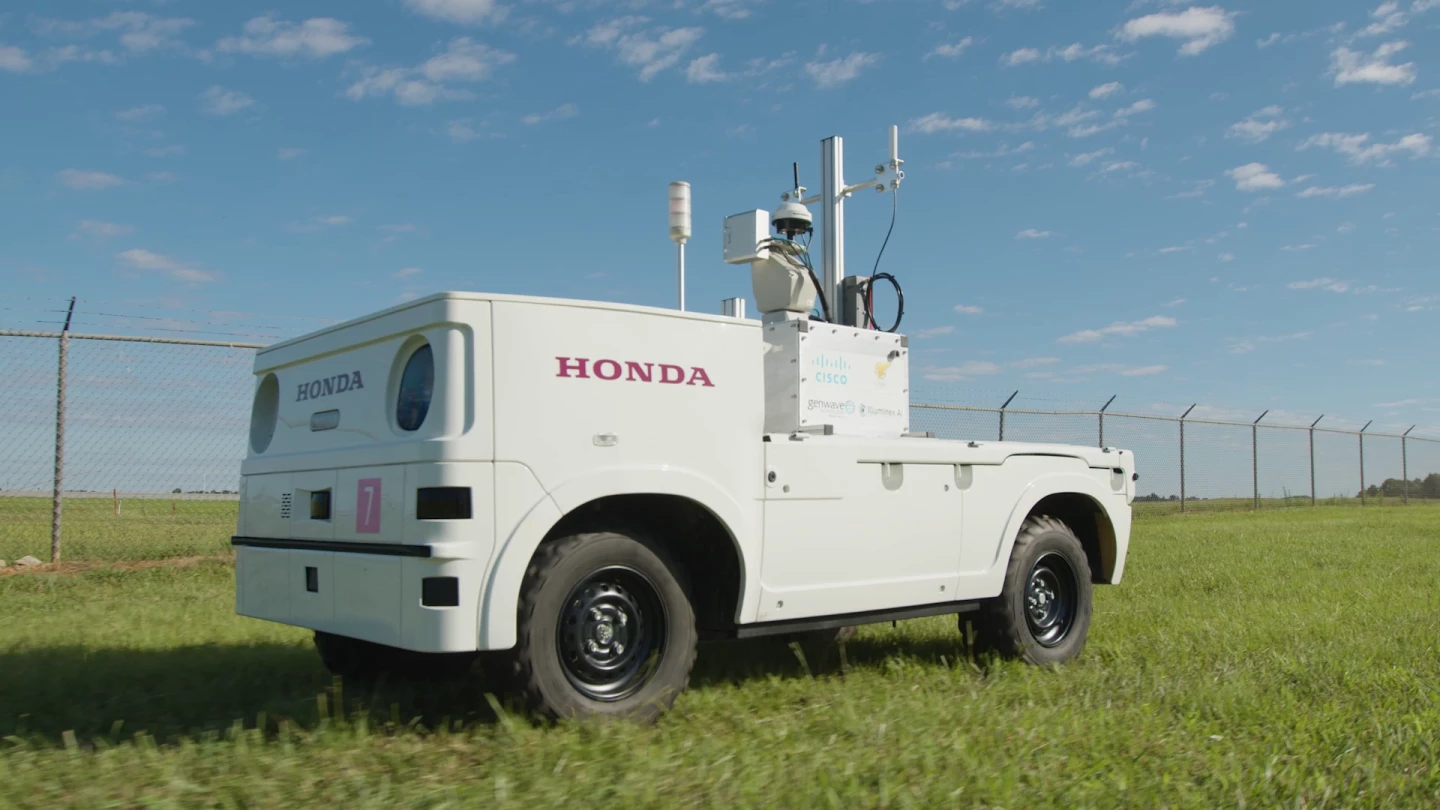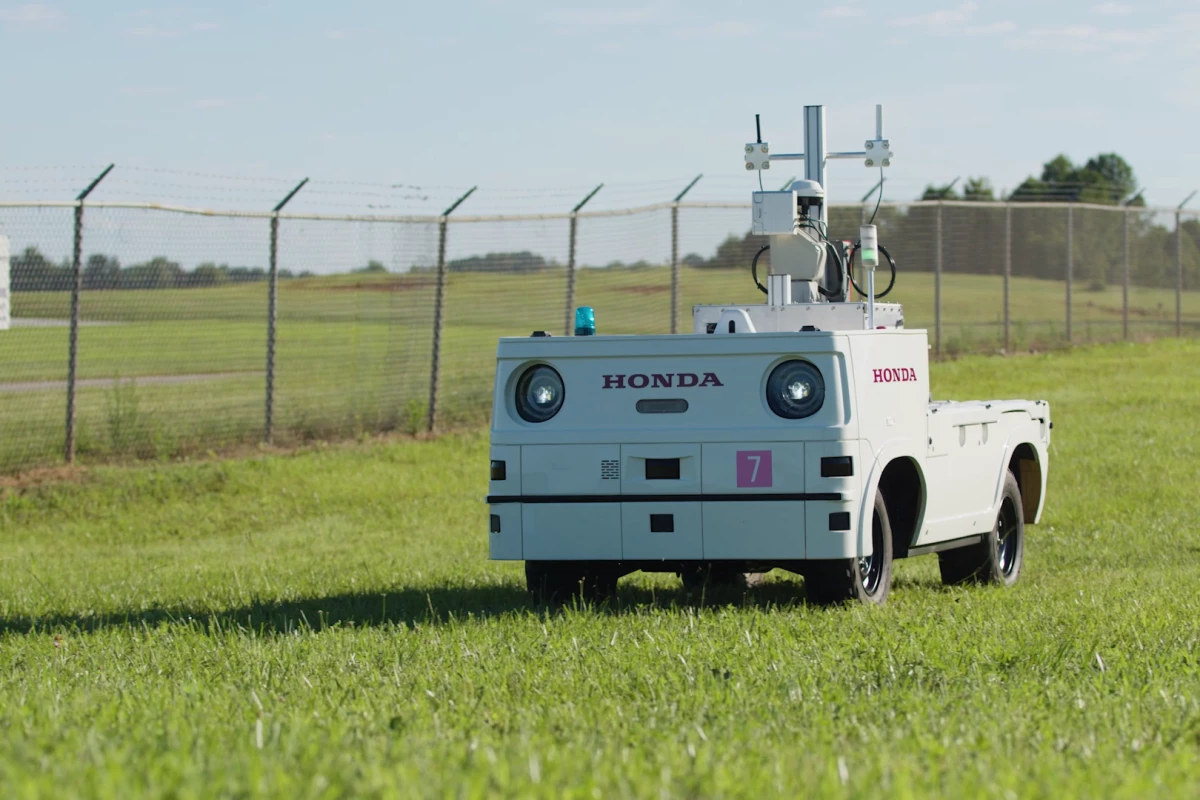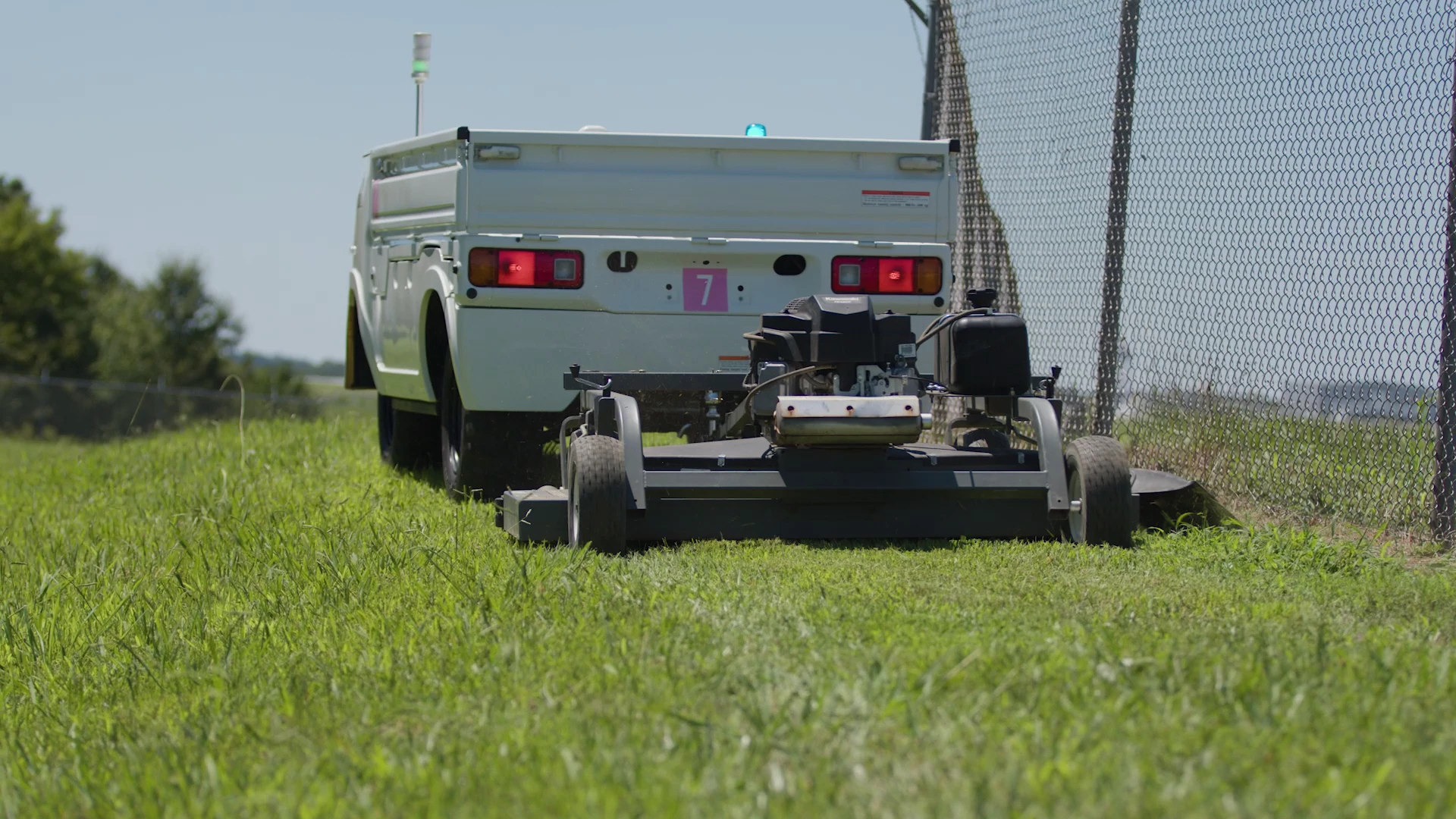Back in March, Honda announced that it was looking for partners to test its rolling electric platform "designed to enhance workforce productivity and support repetitive tasks." Now the AWV has been given inspection duties at Toronto Pearson Airport.
The Autonomous Work Vehicle (AWV) was introduced back in 2018 to transport heavy materials around construction sites, carry gear for emergency personnel, help out on the farm or assist with grounds maintenance.
After building a number of prototypes, and putting them to work in various field tests, Honda is now eyeing commercialization – and has collaborated with the Greater Toronto Airports Authority, Cisco Canada, Genwave Technologies, Illuminex AI and Eagle Aerospace to explore potential use scenarios at a working airport.
"Our Honda Autonomous Work Vehicle has been verified to help improve worksite efficiencies and safety through previous field tests, so we're ready to move to the next stage of exploring real world applications with airfield operators," said Honda's Jason VanBuren. "As we work toward commercializing the Honda AWV, we want to understand the needs of airfield operators and airport authorities to create new value by streamlining operations, enhancing safety performance and helping to meet airfield environmental sustainability goals."

The current prototype measures 1,300 x 3,025 x 2,052 mm (51 x 119 x 81 in), and features a sensor suite comprising vision cameras, radar, LiDAR and GPS. Its motor is good for a top speed of 16 km/h (10 mph), and it can be operated via remote control or autonomously once a route has been set up using a tablet-based interface running Honda's software. Per-charge range of up to 45 km (~28 miles) is possible, and the batteries can be topped up over a 120-V power connection in around 6 hours.
The AWV is able to haul up to 399 kg (880 lb) on its platform bed, meaning it could carry equipment around an airport to support the human workforce. It's also rated to tow up to 750 kg (1,653 lb) – which could perhaps see it mowing the grass as it patrols the perimeters, or drag a debris-removal tool on runways, or even motor baggage carts to and from aircraft.

For its initial fence patrol gig, the vehicle was kitted out with Cisco wireless networking tech with support from Genwave, a system designed to assess airfield conditions in real time and report potential hazards courtesy of Illuminex AI, and cloud-based logging software by Eagle Aerospace.
Honda is keen to explore more applications to "address the challenges of labor shortages, safety and security, and emissions reductions" at airports, and is inviting potential partners to get in touch. Meanwhile, the video below has more.
Source: Honda









